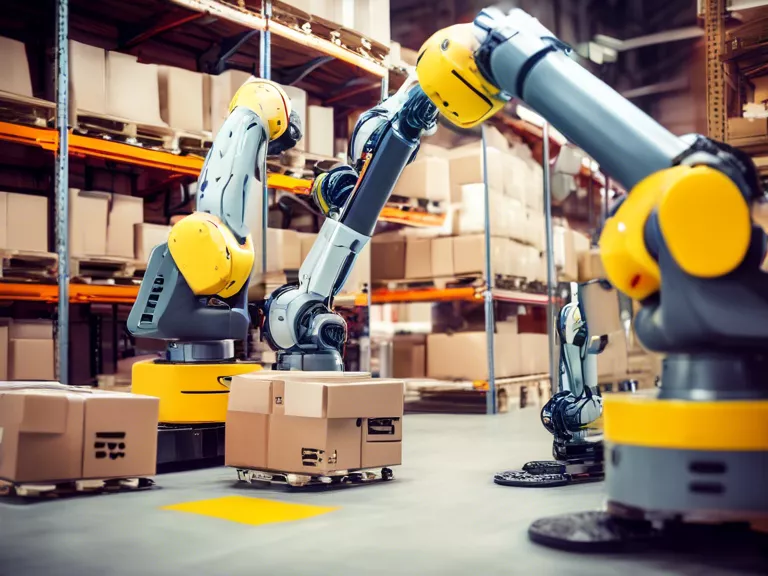
The Role of Robotics in Warehouse Automation and Efficiency
In the fast-paced world of e-commerce and supply chain management, efficiency and accuracy are key factors for success. To meet the demands of today's consumers, warehouses are increasingly turning to robotics to streamline operations and improve efficiency. Robots are revolutionizing the way warehouses operate, from inventory management to order fulfillment.
Robots play a crucial role in warehouse automation by performing repetitive tasks such as picking, packing, and sorting items. With advances in technology, robots are becoming more intelligent and versatile, able to adapt to different environments and tasks. They can navigate through warehouses using sensors and cameras, ensuring precise movements and avoiding obstacles.
One of the main benefits of using robots in warehouse automation is the increase in efficiency. Robots can work around the clock without getting tired or making mistakes, leading to faster order processing and reduced operating costs. They can also handle heavy loads and perform tasks that are too dangerous or monotonous for humans. By automating routine tasks, warehouses can reallocate human workers to more skilled and value-added roles, improving overall productivity.
Furthermore, robots help to improve accuracy and reduce errors in warehouse operations. With advanced barcode scanning and recognition technology, robots can quickly and accurately identify and pick items from shelves. This minimizes the risk of picking errors and ensures that the right items are delivered to the right customers. Robots can also optimize inventory management by tracking stock levels in real-time and alerting warehouse managers when items are running low.
In conclusion, robotics play a vital role in warehouse automation and efficiency by streamlining operations, improving accuracy, and increasing productivity. As technology continues to evolve, robots will likely become even more integrated into warehouse operations, leading to faster order fulfillment, reduced costs, and ultimately, better customer satisfaction.



